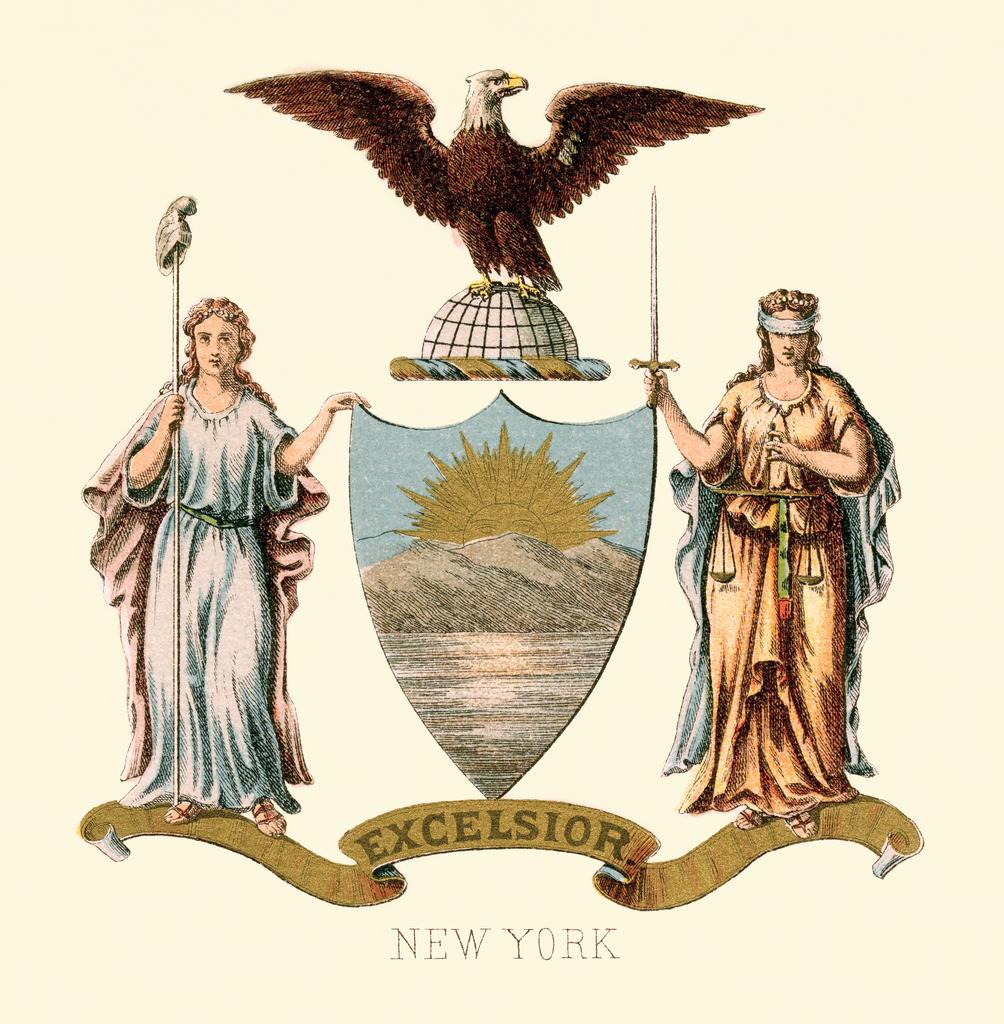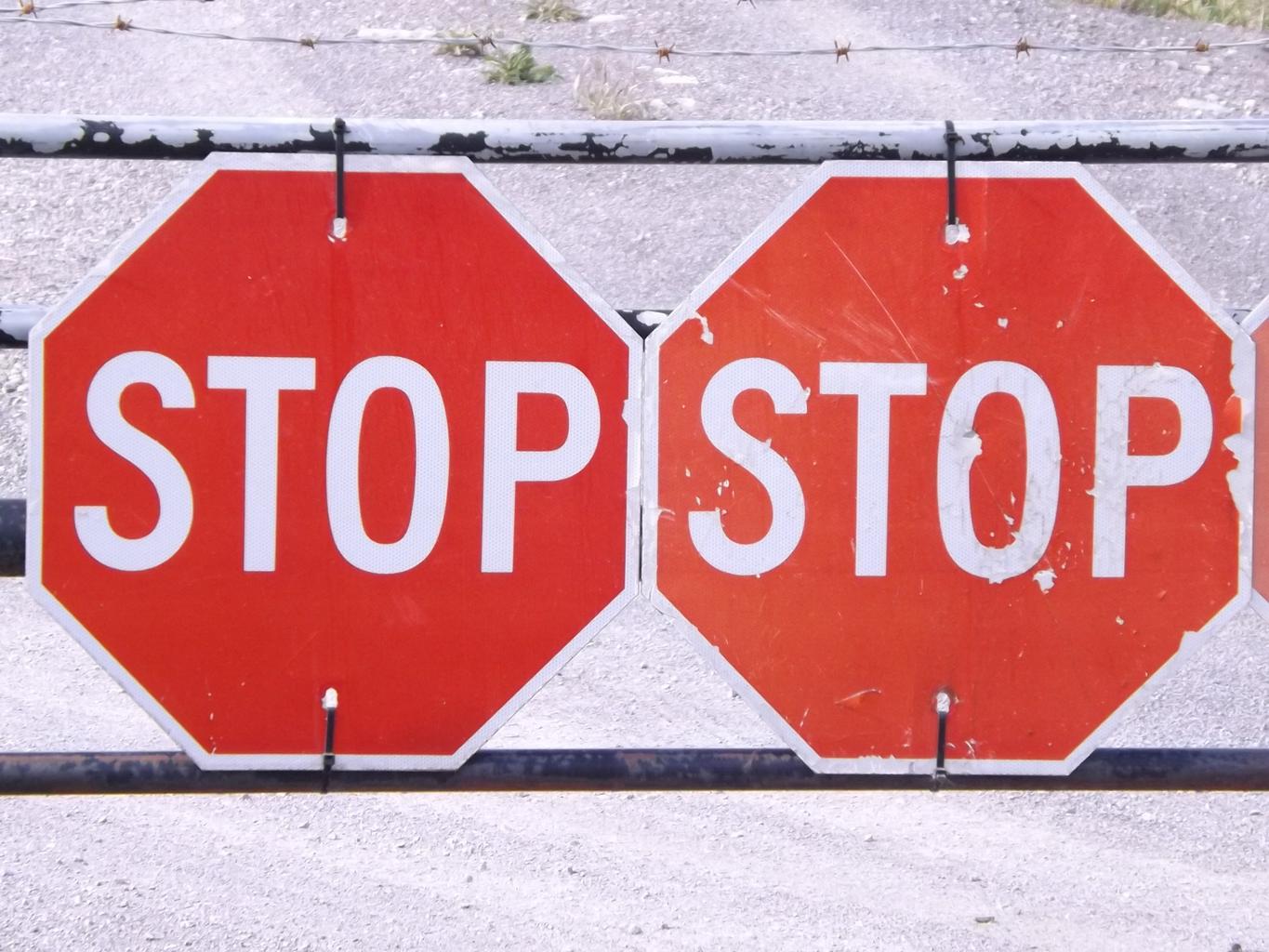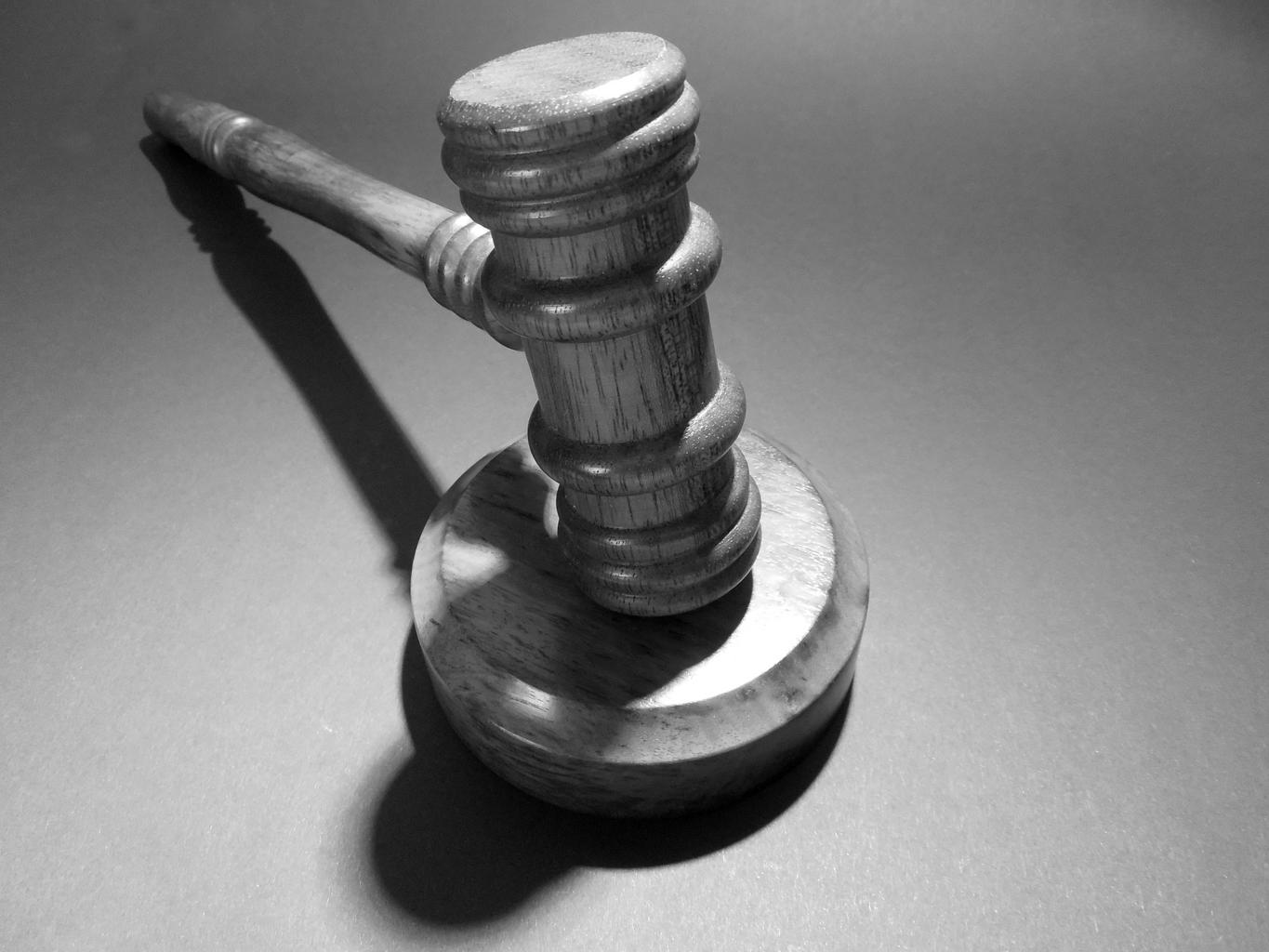Allen v. 219 24th ST. LLC, 2023 NY Slip Op 32232 - NY Co City Court, Civil Court 2023:
"MICHELLE D. SCHREIBER, JHC.
After trial in this HP proceeding, pending since July 2019 as a result of three vacate orders placed by the New York City Department of Buildings ("DOB") as to the three buildings at issue herein, in a decision/order dated May 6, 2020 (NYSCEF #6) the respondents/owners were ordered inter alia, to correct the conditions necessary to lift the vacate orders within six months, were found to have engaged in harassment based upon their deferred maintenance of the buildings with the goal of emptying them, and were directed to pay $21,000 to each of the six petitioners.
In December 2020 the petitioners and DOB moved for contempt. In a decision/order dated February 16, 2021 (NYSCEF #47), the motions were granted to the extent of finding there was a prima facie showing of all four elements of civil contempt by the movants, and directing a hearing on the issue of the respondents/owners alleged inability to comply with the prior order of the Court; the hearing was limited to evidence uncovered in November 2020 and thereafter during the partial demolition of the buildings. In addition, the Court ordered a hearing on DOB's motion to enforce three Emergency Orders issued by the Commissioner in December 2020. The hearing was held over several days from May 5 through July 21, 2021. In a decision/order dated September 2, 2021, the Court held inter alia that the respondents/owners were in civil contempt of the May 6, 2020 order; directed the respondents/owners to perform the work required by the DOB Commissioner on the three emergency orders dated December 30, 2020; and allowed them to purge the contempt by complying with the order by March 1, 2022.
DOB thereafter moved by Order to Show Cause dated June 30, 2022 to commit Clara Sokol and Abraham Lokshin to civil jail for civil contempt until they have complied fully with the orders of May 6, 2020 and September 2, 2021; and to assess civil penalties against each respondent in the amount of $1,000.00 per day until they comply with the orders. The motion was granted (NYSCEF #150) to the extent of directing the parties to appear with counsel in Part B for a hearing to determine whether Clara Sokol and Abraham Lokshin should be apprehended and arrested; the sole issue at the hearing was the respondents'/owners' compliance with the decision/order dated September 2, 2021. On the eve of the last hearing date in November 2022, the respondents moved for an extension of time to complete the repairs and have the vacate orders lifted. The motion was denied in a decision/order dated May 22, 2023 (NYSCEF #203). The hearing was conducted over several days from November 2022 through April 2023; posthearing memoranda were submitted on May 1, 2023. Based upon all of the foregoing and the credible testimonial and documentary evidence the Court makes the following findings of fact and conclusions of law.
The respondents' first witness was George Cambourakis, a structural engineer. His testimony was brief as he admitted that during a break in the hearing he had discussed his testimony with his counsel. Mr. Cambourakis testified that he began work on the project in September or October 2021, and that he prepared structural drawings and reports for all three buildings. He claimed to be at the site on a regular basis and yet lacked relevant details about many of the conditions at the building. He attempted to explain his lack of detailed knowledge of plumbing, electrical issues, the roofs and debris removal, by asserting he was focused on the structural issues. He testified that he determined that work should proceed on one building at a time claiming without any evidence that this determination was supported by DOB. He then admitted that DOB never said to do one building at a time, but stated that he stood by his decision. He testified candidly that he was aware that the vacate orders have not been lifted, and admitted that in two of the three buildings very little work had been done, asserting that in one of the buildings the work was 80% complete.
The respondents also called Shalom Rogatsky as a witness. He testified that he is a general contractor and a licensed home improvement contractor. Mr. Rogatsky stated that he began work on the project in September 2021 and claimed that there were issues obtaining materials for the project which caused delays. He then admitted that these issues were present only at the beginning of the work. He admitted that he was unable to get a sufficient number of workers at the site because they wanted too much money. Mr. Rogatsky candidly admitted that work was not completed in the three buildings including electrical, plumbing, boiler replacement and roof work.
The respondents' final witness was Abraham Lokshin, a named respondent and a member of the LLC. Mr. Lokshin began his testimony by admitting that the job was not completed. While asserting that the project has been his whole life in the last couple of years, his candid statement that the job was not complete belied his alleged dedication. He admitted further that the work would not be completed for another three to four months and that he was aware the vacate orders had not been lifted as of the time of his testimony.
At the conclusion of the presentation of testimony by the respondents DOB moved for a directed verdict and presented no evidence.
The respondents were initially given until November 6, 2020 to effectuate all necessary repairs to have the vacate orders lifted. After being found in contempt the respondents were allowed to purge the contempt by doing all necessary work to have the vacate orders lifted by March 2022. As of April 2023 the respondents have failed to purge the contempt and the vacate orders have not been lifted. Accordingly, this Court finds it necessary, in order to compel compliance with the orders of this Court, to direct that respondents Sokol and Lokshin be committed to civil confinement until such time as the contempt is purged. The respondents have been on notice of this potential confinement since the decision/order dated September 2, 2021 which found them in contempt and stated that it is "ORDERED: that upon failure to comply, petitioners and DOB may make an application to the Court which will result in any sworn Sheriff of any County of New York State, to apprehend and arrest Clara Sokol and Abraham Lokshin, and to keep her and him committed in custody in the common or county jail in which he or she be found and within forty-eight (48) hours from the time of arrest, exclusive of weekends and holidays, and for her and him to [be] brought before the undersigned for a hearing at Part B, New York County Civil Court, Room 583 at 111 Centre Street, New York, NY 10013...."












